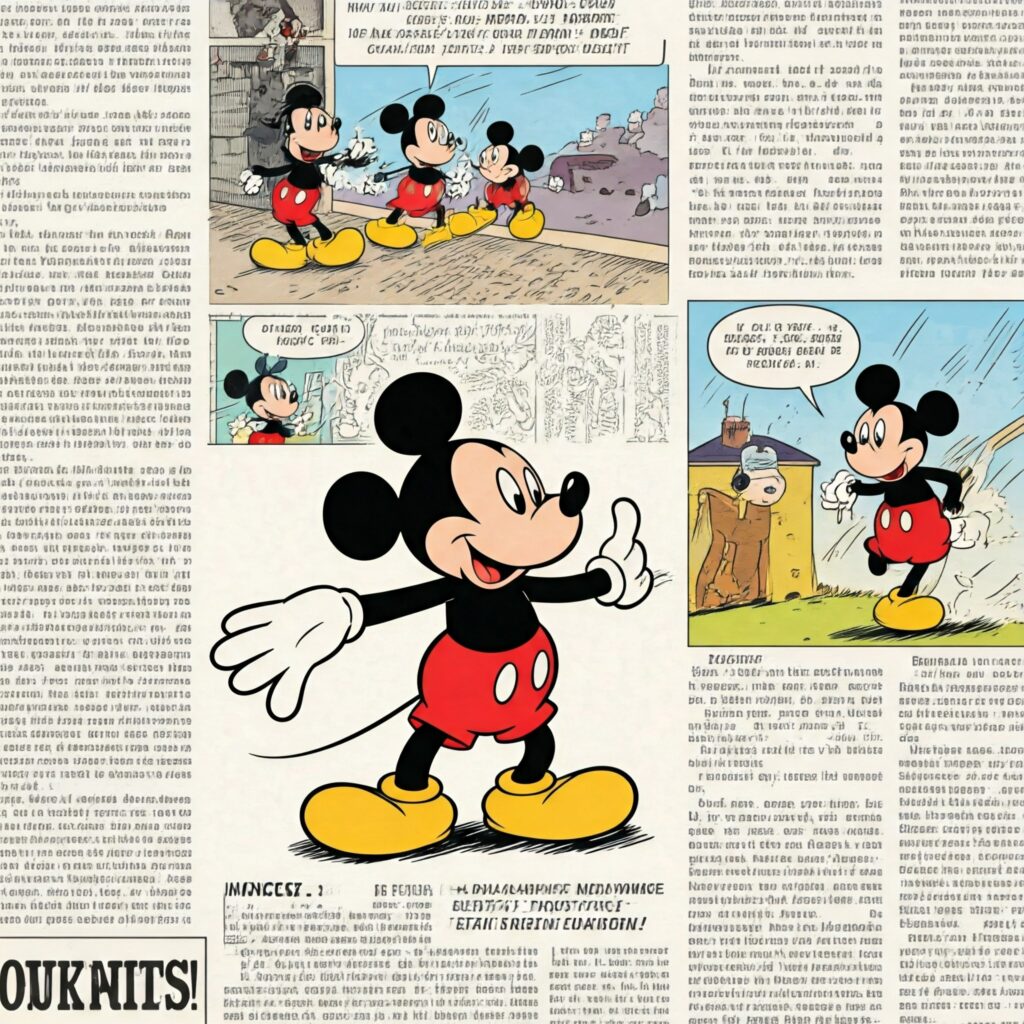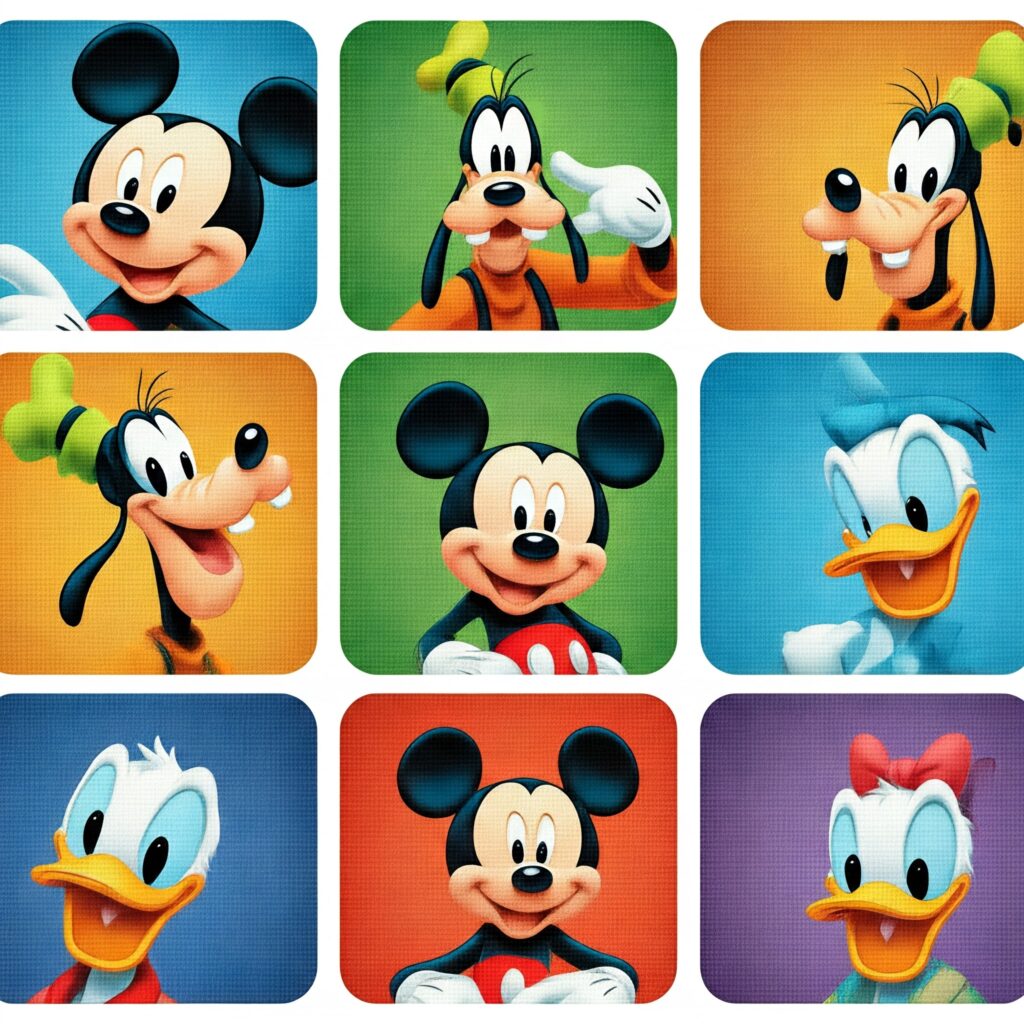On January 13, 1930, the Mickey Mouse comic strip made its debut, marking a pivotal moment in the history of animation and pop culture. Created by Walt Disney and Ub Iwerks, Mickey Mouse had already captured audiences through animated shorts, but the comic strip introduced the beloved character to a broader audience. It was the beginning of an enduring legacy that reshaped entertainment and solidified Mickey Mouse as a global icon.

The Birth of a Comic Sensation
The Mickey Mouse comic strip premiered in daily newspapers, bringing the charismatic character into the homes of readers across the United States. Written by Walt Disney and drawn by Ub Iwerks, the early strips showcased Mickey’s adventurous spirit and mischievous charm. The comic format allowed for expanded storytelling, providing fans with new and exciting narratives that couldn’t be confined to short animations.
This debut came at a time when newspapers were the primary source of daily entertainment for many households. The Mickey Mouse strip quickly gained popularity, with its combination of humor, creativity, and heart resonating with readers of all ages. Within a few years, the comic strip was syndicated internationally, making Mickey Mouse a household name worldwide.
Significance in Animation and Popular Culture

The success of the comic strip was a testament to the universal appeal of Mickey Mouse. It reinforced Walt Disney’s vision of creating characters and stories that transcended boundaries. The comic’s popularity not only boosted Disney’s burgeoning empire but also set a precedent for the integration of animation characters into other media forms.
The comic strip’s storytelling format allowed Mickey Mouse to develop as a character. Unlike the animated shorts, which focused on quick gags and action, the comics explored his personality and relationships, especially with other characters like Minnie Mouse, Goofy, and Donald Duck. This deeper characterization helped solidify Mickey’s place as an endearing and relatable figure.
The Legacy and Impact Today

The Mickey Mouse comic strip’s debut was not just a commercial success; it laid the foundation for a multimedia empire. Mickey Mouse became a symbol of optimism and resilience during the Great Depression, offering escapism to millions. The success of the comics paved the way for other Disney ventures, including feature films, theme parks, and merchandise.
Even today, the influence of the Mickey Mouse comic strip is evident. The comic strip’s storytelling techniques have inspired countless artists and writers. Mickey Mouse continues to be an enduring symbol of the Disney brand, representing creativity and imagination. Additionally, reprints of the original strips and new adaptations keep the legacy alive for new generations.
The debut of the Mickey Mouse comic strip in 1930 was a landmark event that extended the reach of one of the world’s most beloved characters. It showcased the power of storytelling and innovation, ensuring that Mickey Mouse would remain a timeless figure in popular culture.
